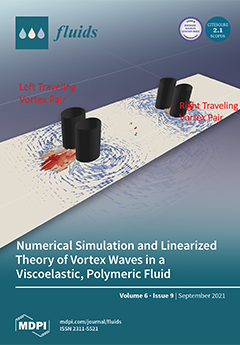Emulsion gels are an alternative to developing food products and adding bioactive compounds; however, different stabilizers have been employed considering natural ingredients. In this work, stabilization of emulsion gels with blends of carboxymethylcellulose and kernel mango starch was performed with the addition of
[...] Read more.
Emulsion gels are an alternative to developing food products and adding bioactive compounds; however, different stabilizers have been employed considering natural ingredients. In this work, stabilization of emulsion gels with blends of carboxymethylcellulose and kernel mango starch was performed with the addition of mango peel extracts, evaluating their physical, rheological and microstructural properties. Phenolic extract from mango peels (yields = 11.35 ± 2.05%
w/w), with 294.60 ± 0.03 mg GAE/100 g of extract and 436.77 ± 5.30 µMol Trolox/g of the extract, was obtained by ultrasound-assisted extraction (1:10 peel: Ethanol
w/v, 200 W, 30 min), containing pyrogallol, melezitose, succinic acid, γ-tocopherol, campesterol, stigmasterol, lupeol, vitamin A and vitamin E. In addition, mango kernel starch (yields = 59.51 ± 1.35%
w/w) with 27.28 ± 0.05% of amylose was obtained, being the by-product of mango (
Mangiferaindica var fachir) an alternative to producing natural food ingredients. After that, stable emulsions gels were prepared to stabilize with carboxy methylcellulose–kernel mango starch blends and mango peel extracts. These results provide an ingredient as an alternative to the development of gelled systems. They offer an alternative to elaborating a new multifunctional food system with bioactive properties with potential application as a fat replacement or delivery system in the food industry.
Full article





